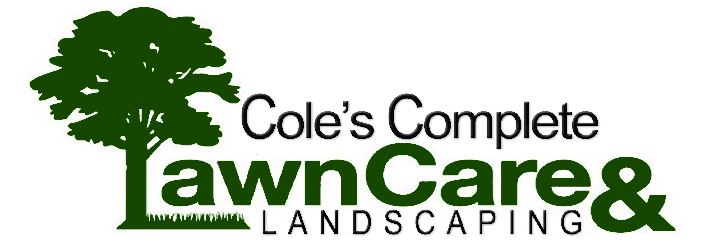

![]()
|
|
Soil BasicsBasic understanding of soils allows the gardener to work with natural processes to enhance plant root growth and overall vigor. Soil is an amazingly complex, living ecosystem requiring a balance of organic, inorganic, living and nonliving components. Recent soil science research has demonstrated that the most productive soils are loaded with a variety of microbial life; beneficial fungi, bacteria, yeasts and other microorganisms work to decompose organic matter into humus. Humus directly influences both the assimilation of nutrients and plant resistance to disease, insects, drought and other stresses. Physically, soil should be composed of fifty percent solids and twenty five percent each of liquid and air, with an organic matter content of three to five percent. In many regions of the country, we are required to amend the soil to provide the optimal growth environment. The various fine-particle clays and silts benefit greatly from the addition of organic matter. Alkaline clays (high pH) should also be amended with gypsum. The addition of organic matter to sandy and gravely soils is also beneficial, increasing water retention and providing essential nutrients. Initial expense for organic matter and other amendments pays for the continued beauty and health of the planting. New lawn installations should start with basic soil considerations; physical and chemical soil analyses may be desired. Marginal soil conditions in existing lawns can be improved with cultural programs designed for the specific site. Regular aeration, vertical mowing, top dressing with compost or rich soil, proper fertility management and applications of foliar and soil biostimulants are all proven techniques for rejuvenating a poor lawn. A properly balanced soil will support deep, extensive root systems, allowing plants to assimilate all available food and moisture. The result is a thick turf which resists drought, weeds and disease. For basic physical soil analysis, use a soil probe or large, strong knife to cut samples at least six inches deep. Examine for thatch layer thickness, particle size and distribution, compaction and topsoil depth. A minimum of six inches of properly balanced soil is required to grow a healthy lawn. A thatch layer thicker than one-half inch will act like a sponge to limit the penetration of water and nutrients to the root system.If necessary, consult with a qualified landscape professional for help with soil testing. What occurs below ground, unseen, largely determines what we see above ground. The knowledge of basic soil conditions is essential to proper cultural decisions and practices. Again, healthy soil grows healthy plants. |
|
|
|